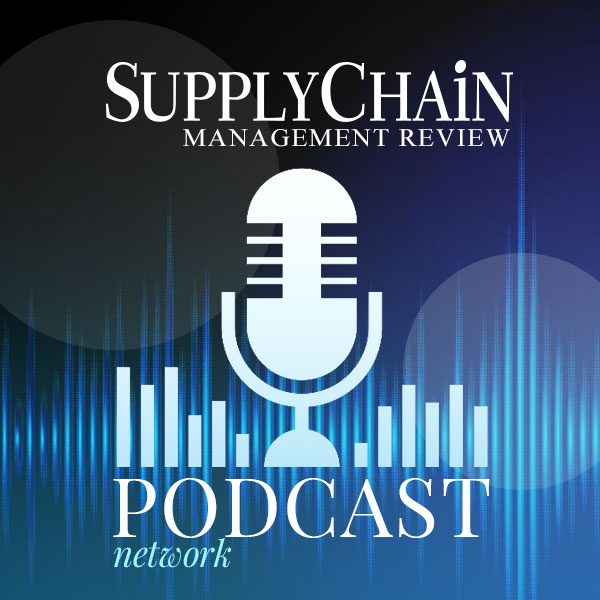Editor’s note: Supply Chain Management Review is launching a series of new online features in 2024, including The Academy. Appearing online at scmr.com on the third Wednesday of each month, the Academy will look at education within the supply chain. This month, we are looking at project-based learning plays a critical role in developing the supply chain leaders of tomorrow. If you are interested in future topics, you can see a full list of upcoming topics on our Editorial Calendar.
Historically, there are a couple of historical paths forward for supply chain leaders. Some entered the workforce and through hard work, advanced up the leadership chain. Others may have graduated college, maybe even obtain a master’s degree, and started their careers in management, shortening that career trajectory.
However, the college route may not have traditionally included practical experience. That real-world component of learning, though, is gaining traction at many institutions. One of those is Worcester Polytechnic Institute (WPI). The school’s history in offering project-based learning goes back nearly 50 years, but like others, it is incorporating the teaching philosophy into its supply chain curriculum.

According to Joseph Sarkis, professor of management in The Business School at WPI, the incorporation of project-based learning into its graduate program is an extension of WPI’s history in the technique. Every undergraduate the university must complete two project-based courses. At the undergraduate level, one of those courses must be in the student’s discipline while the other must be a cross-discipline course. In the Master’s in Operations and Supply Chain Analytics program, the class is called Supply Chain Project Consulting class. It serves as the capstone to the master’s program.
Real-world study
“They help companies solve supply chain problems,” Sarkis says. “It is a 14-week long class and at the final stages of an 11-course [curriculum] for the graduate program.”
What is project-based learning? According to the Educators of America, project-based learning uses “real-world scenarios, challenges, and problems [to help] students gain useful knowledge and skills that increase during their designated project periods. The goal of using complex questions or problems is to develop and enhance student learning by encouraging critical thinking, problem-solving, teamwork, and self-management.”
Sarkis says WPI’s program creates four-person teams that address an issue in a partner company. The class is really a culmination of all the courses a student must take during their time in the WPI master’s program, that includes a course on negotiation. The student team meets with the sponsor company, learns about that company, what problem they would like the students to try and solve, and develop a plan to do so based on what they learned in their project-management class.
In some cases, Sarkis says, what the company is looking for is not possible to achieve given the short timeframe or the students’ own abilities. That is where the negotiation class comes in handy.
A model for WPI
At WPI, the supply chain management program has been around about seven years.
“It was one of the first MS programs to try this out, and now our other MS programs are adopting this model,” Sarkis says.
The project-based component also ensures WPI’s program remains in compliance with Association to Advance Collegiate Schools of Business accreditation requirements.
Different from an internship
Many students are familiar with internships, but Sarkis says project-based learning provides additional skills and confidence for students showing them they can delivery for a client in a real-world setting.
As with any institution of higher learning, the backgrounds of the students varies greatly. Sarkis says the teams often comprise both analytical and commonsense students, providing a cross-functional team that learns to work together – similar to the real world. They must prepare a full report as well as an executive summary upon completion.
“I think that is a very powerful thing they can show to employers,” he says, adding that the students come away with frameworks for future projects they may work on. It also shows that theoretical work sometimes requires real-world adjustments for a “practical setting.”
Types of projects
There is a variety of projects. Currently, a team of students is working on a cocoa supply chain problem for a WPI alum. That project is looking at how to measure performance within the supply chain to ensure ethical sourcing of the cocoa beans. The scope of the project is still to be determined as the team of students will be sitting down with the company in the coming weeks.
Past projects have included the creation of a vendor selection tool, a software selection tool, and one that analyzed the locations of a facility to convert food waste to animal food. That one, “went from internal supply chain issues to external supply chain issues, so we covered the full spectrum of supply chain issues,” Sarkis notes.
The student demographics are quite diverse, from international students, to students with 20 and even 30 years of work experience. The average student has at least five years of work experience. Most graduates move right into supply chain management jobs, Sarkis points out.
“These are the types of students that we can put on the job immediately and they can hit the ground running because they don’t have to learn how to function in team-based environments,” Sarkis says. “They understand how to take the theory, book learning, and how to apply it to an organization.”
And that is the goal of project-based learning, and why more supply chain schools like WPI are adopting the practice.
SC
MR


More Columns
- When disaster strikes, the supply chain becomes the key to life
- An educated workforce is loyal, but what type of education is best?
- Keys to staying ahead of the competition
- The key to good data management? Start with good data
- Assessing the e-commerce supply chain as sales, imports grow
- Bite-sized nuggets offer real-time learning
- More Columns
Latest Podcast

 Explore
Explore
Topics
Education News
- Do net-zero goals matter?
- Leadership development for supply chain leaders
- ASCM introduces Supplier Relationship Management certificate
- An educated workforce is loyal, but what type of education is best?
- When the scales tilt: Making vaccine access work for all
- Five organizational action areas for developing supply chain talent
- More Education
Latest Education Resources

Subscribe

Supply Chain Management Review delivers the best industry content.

Editors’ Picks




